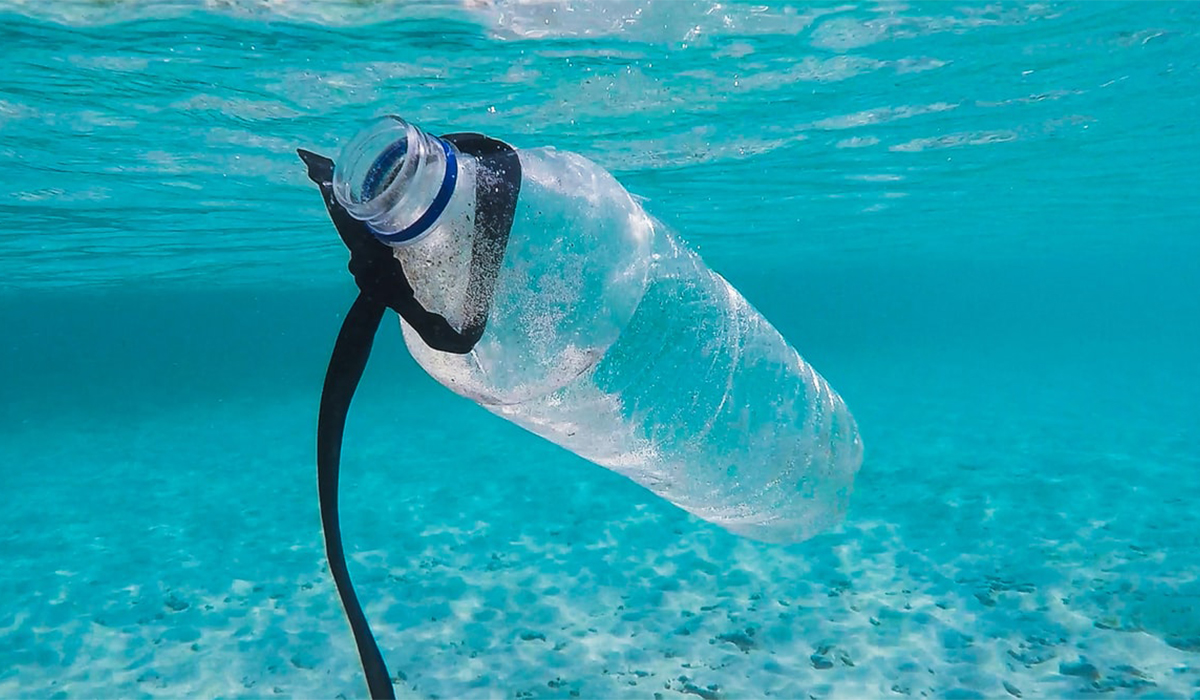But now chemists have developed an innovative new way to turn supermarket plastic packaging into a clean source of hydrogen, in a process that requires a fraction of the time and cost.
In collaboration with colleagues at universities and institutions in the UK, China and Saudi Arabia, researchers in the Edwards/Xiao group at Oxford’s Department of Chemistry achieved the breakthrough thanks to tiny particles of iron and microwaves.
Here’s more about how it works:

- This innovative process, originally described in Nature Catalysis, involved breaking down the plastic into small pieces with a kitchen blender and mixing it with a catalyst of iron oxide and aluminium oxide.
- The aluminum oxide and iron oxide catalysts were able to heat while keeping the plastics cool, therefore preventing unwanted side reactions and making the process more efficient.
- The pulverization of plastic samples lasts 30 to 90 seconds and yields a recovery rate of 97% of the hydrogen gas in the plastic, along with carbonaceous residue, much of which were identified as carbon nanotubes.
- These resulting carbon nanotubes were of sufficient quantity to be used in other applications, such as energy storage, automotive parts, water filters, and electromagnetic shields.
To the next level:
For now, the initial process was executed on a small scale, but researchers believe that it might one day allow post-consumer plastics to be converted at scale to produce clean hydrogen fuel — helping to both to reduce plastic pollution and create a steady supply of clean energy.
